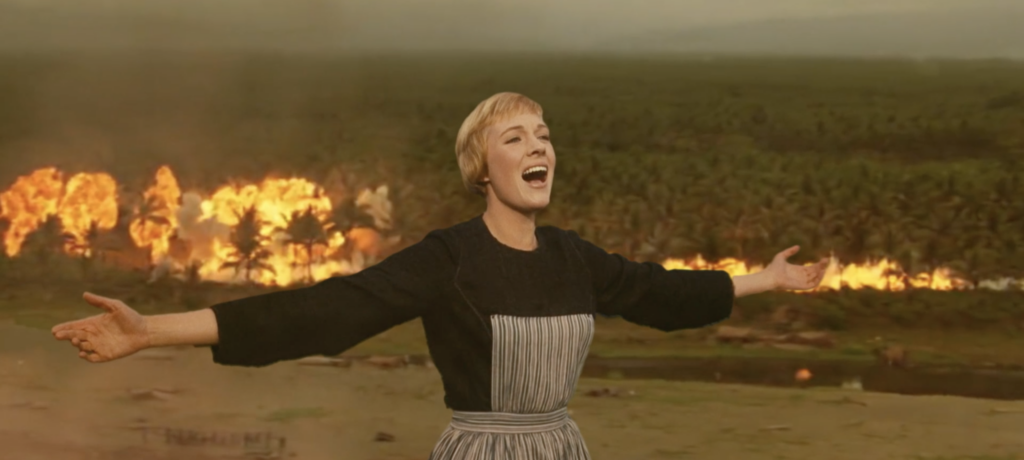
The Sound of the End of Music (2010) by People Like Us
Wednesday, January 17, 2024, 7:30 pm
I Hear a New World: Deconstructing the Musical
presented in association with the 4 Star Theater
Admission: $15/12.50 Cinematheque Members
Event tickets here
TT Takemoto in person
From cinema’s pre-sound era to the present day, the dance and musical genres have captivated audiences in their fusion of choreography, camerawork, performance and song. Presented as part of the 4 Star Theater’s month-long series Get Down, Get Down: A Celebration of Dance Films, Cinematheque presents this program of work appraising, celebrating and at times critiquing the intoxicating spectacle of the filmed musical and dance film through gestures of appropriation, revision and citation.
In this program, mash-ups and remixes abound—from The Sound of Music to Apocalypse Now to Singing’ In the Rain to the American Music Awards—in works by Gregg Biermann (Happy Again), People Like Us (The Sound of the End of Music) and Michael Robinson (Mad Ladders)—while Animal Charm and Maria Magnussen find moments of pop surrealism in anonymous found material. Rhea Storr’s Madness Remixed examines the century-long controversies around Josephine Baker’s infamous banana skirt while TT Takemoto’s Looking for Jiro uses camp drag performance (and homoerotic breadmaking) to perform a queer meditation on WWII Japanese-American internment. Program opens with Kevin Jerome Everson and Kahlil I. Pedizisai’s Glenville—inspired by the 1898 William Selig-directed Something Good—Negro Kiss, the earliest on-screen kiss involving African Americans—and concludes with Leslie Thornton’s Another Worldy, an icy plunge into the terror at the heart of the American musical. Program also features Jeanne Liotta’s operatic rayogram Loretta. (Steve Polta)
SCREENING:
Sunspots and Solar Flares (2013) by Maria Magnusson; digital video, color, sound, 3 minutes
Glenville (2020) by Kevin Jerome Everson and Kahlil I. Pedizisai; digital video, color, sound 2 minutes
Loretta (2003) by Jeanne Liotta; 16mm screened as digital video, color, sound, 4 minutes
Lightfoot Fever (1996) by Animal Charm; digital video, color, sound, 2 minutes
Happy Again (2006) by Gregg Biermann; digital video, color, sound, 5 minutes
The Sound of the End of Music (2010) by People Like Us; digital video, color, sound, 4 minutes
Mad Ladders (2015) by Michael Robinson; digital video, color, sound, 10 minutes
Madness Remixed (2021) by Rhea Storr; digital video, color, sound, 10 minutes
Looking for Jiro (2011) by TT Takemoto; digital video, b&w, sound, 6 minutes
Another Worldy (2001) by Leslie Thornton; digital video, b&w, sound, 22 minutes
Exhibition files from the Canadian Filmmakers’ Distribution Center, Lightcone, LUX, Picture Palace Pictures, Video Data Bank and individual artists.
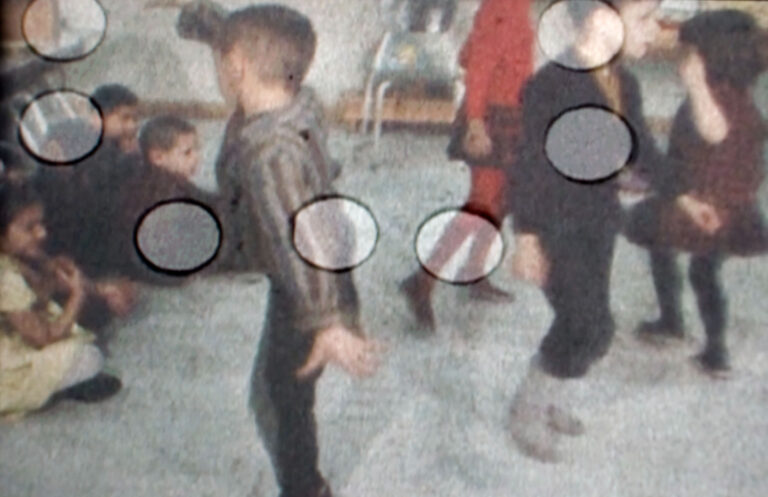
Sunspots and Solar Flares (2013) by Maria Magnusson
The starting points for this work are the astrologer Robin Amstrong’s recording Nuclear War 1984? (1976) and a free unused residual material from the musician James Pants which are combined with a found footage material from a Teaching Aid Dep-film about a school in Toronto from 1968. (Maria Magnusson)
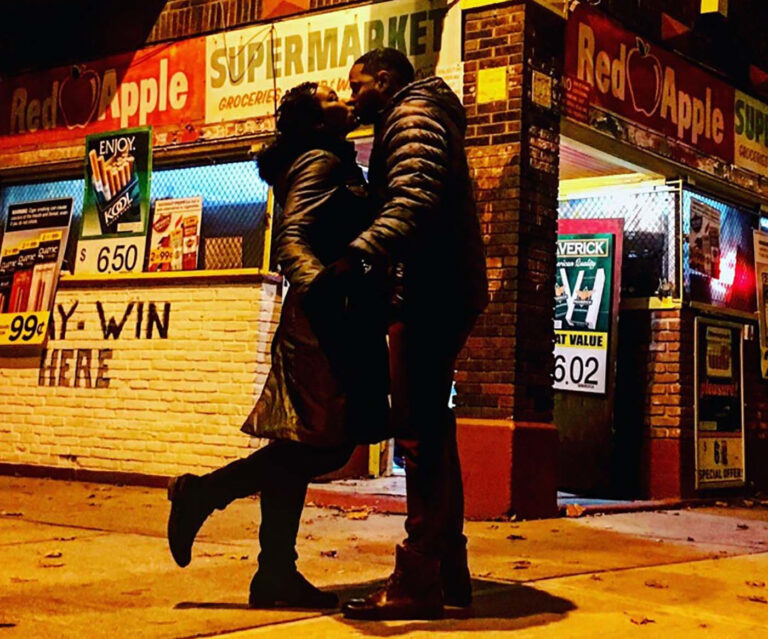
Glenville (2020) by Kevin Jerome Everson and Kahlil I. Pedizisai
Glenville is based on the 1898 film Something Good-Negro Kiss and was filmed during a New Year’s Eve celebration in Cleveland, Ohio. (Kevin Jerome Everson and Kahlil I. Pedizisai) Glenville appears courtesy the artists; trilobite-arts DAC; Visual Arsenal and Picture Palace Pictures. Image ©Kevin Jerome Everson & Kahlil I. Pedizisai; courtesy the artists & Picture Palace Pictures.
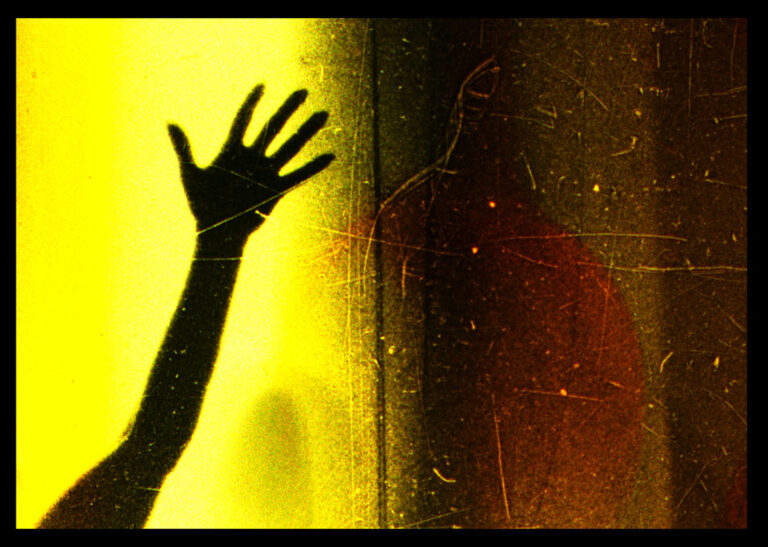
Loretta (2003) by Jeanne Liotta
An abstract moving rayogram in the form of a woman or an aria. Living in time experienced as high drama, dissolving into the infinite. A dialectical manifestation of phenomena in flux, like any other movie. (Jeanne Liotta)
I love that which dazzles me and then accentuates the darkness within me.
—Rene Char
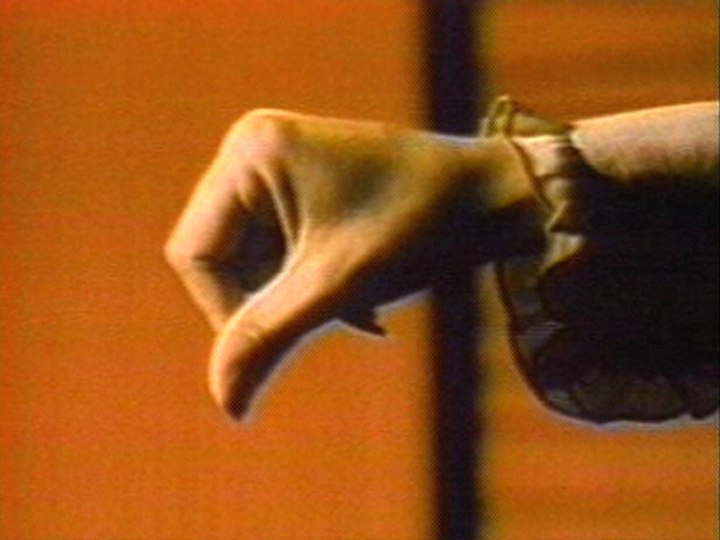
Lightfoot Fever (1996) by Animal Charm
Fuelled by lavish doses of disjointed hyper-editing, super-talented Jim Bailey dances with wild animals in Animal Charm’s hot and exciting performance of “Fever.” (Video Data Bank)
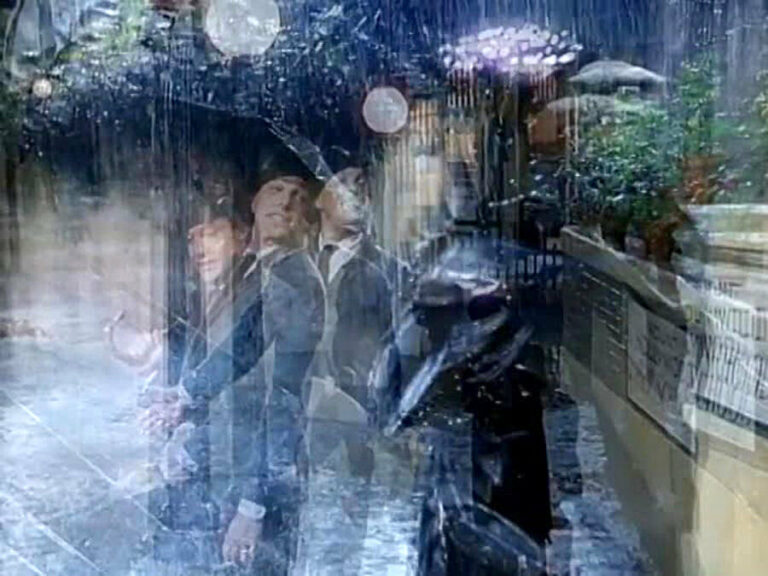
Happy Again (2006) by Gregg Biermann
The signature scene from the Hollywood musical Singin’ in the Rain is split into seven layers. Each layer is moving at a different speed and is visible equally in superimposition. At the temporally central point all visual and audio elements coalesce in a single frame. The result uncovers a new cinema, music and dance that are buried within the familiar iconic sequence. (Gregg Biermann)
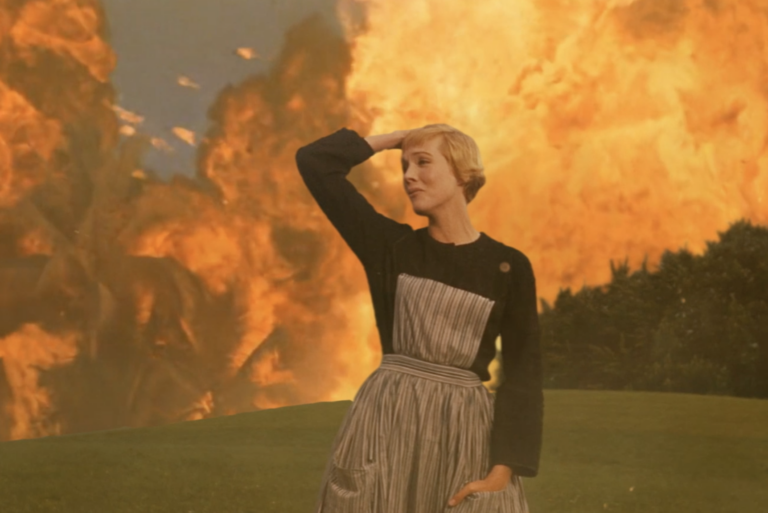
The Sound of the End of Music (2010) by People Like Us
Every time I watched The Sound of Music (1965), I imagined Julie Andrews running up the hill, spinning around and triggering Armageddon. And when I watched Apocalypse Now (1979) with all these aerial views of helicopters, I thought “Wow! That’s like the air over Salzburg at the beginning of The Sound of Music.” So I put “The End” by The Doors on the audio timeline next to “The Hills Are Alive,” and it turns out they’re in the same key. And I only had to time-correct one of them slightly and the two films played perfectly on top of one another. But that happens a lot… (Vicki Bennett interviewed by Colm McAuliffe: British Film Institute)
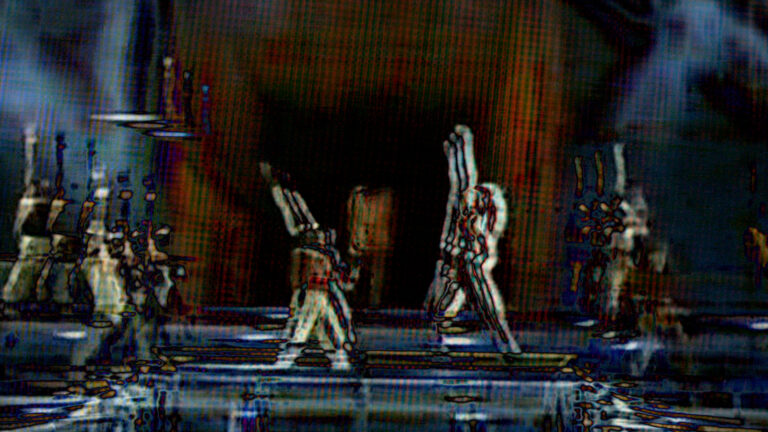
Mad Ladders (2015) by Michael Robinson
A modern prophet’s visions of mythical destruction and transformation are recounted across a turbulent geometric ceremony of rising curtains, swirling set pieces, and unveiled idols from music television’s past. Together, these parallel cults of revelation unlock a pathway to the far side of the sun. (Michael Robinson)
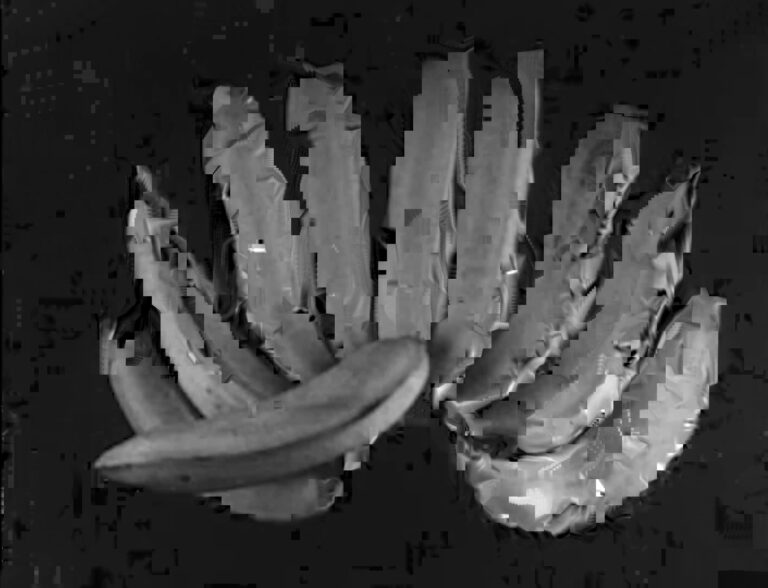
Madness Remixed (2021) by Rhea Storr
Contains flashing images. Beyonce to Miley Cyrus to Diana Ross, all have worn Josephine Baker’s now infamous Banana Skirt, performed by Baker in 1926 in a show entitled ‘La Folie Du Jour (The Madness of the Day). The Banana skirt is an exoticisation of the Black body yet it continues to be worn in homage and appropriation. Madness Remixed examines the fetishisation of Josephine Baker’s body through data moshing analogue film. Seen here in Siren of the Tropics (1927) washing the whiteface from her body in the bath, Josephine Baker is compared with a film fetish, a 16mm abstraction optically printed with latex and glitter. Cultural labour is contrasted with plantation labour. What unfolds is a questioning of which images of Black bodies should be reproduced and on what terms. (Rhea Storr)
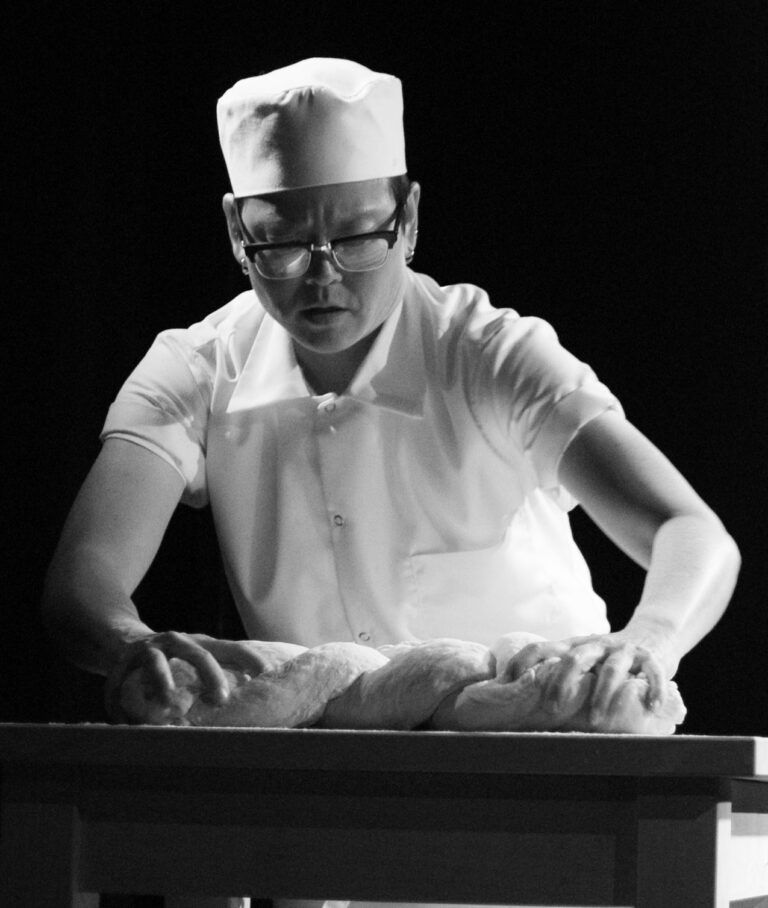
Looking for Jiro (2011) by TT Takemoto
Looking for Jiro is an experimental performance video inspired by Jiro Onuma, a gay Japanese immigrant who endured the American incarceration camps during World War II. At age 38, Onuma was imprisoned at Topaz concentration camp in Utah where he worked in the mess hall. His archival collection reveals that he was an avid fan of homoerotic male physique magazines and was especially fond of muscular men. How did this dandy gay bachelor from San Francisco survive the isolation, humiliation and homophobia of imprisonment? This queer musical mash-up video features drag king performance, US propaganda footage, muscle building and homoerotic bread making, combining archival materials, queer speculation, and camp aesthetics to imagine alternative queer visions of Japanese American history. (TT Takemoto)
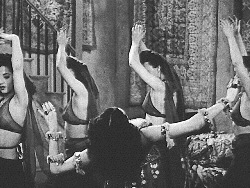
Another Worldy (2001) by Leslie Thornton
Pairing dated East German techno music with early twentieth-century film reels of cabaret lines and vaudevillean dance productions, Another Worldy forces the viewer to question categories of “old” and “new,” “good” and “bad.” (Leslie Thornton)